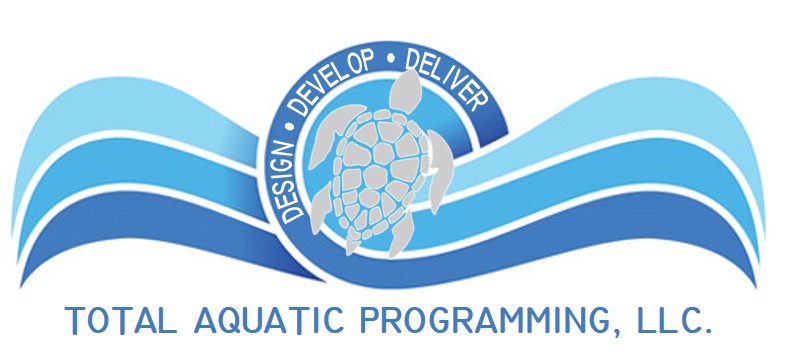“It takes a village to raise a child.” Perhaps you’ve heard that expression before. While the exact origin of the expression is unknown, it’s often attributed to an ancient African or Native American proverb — both very communal societies. But, regardless of its exact origin, it points to the value and necessity of helping one another to ensure a child’s safety.
The most critical action to prevent children from drowning is adult supervision. That means a parent, a friend, a relative — any trusted adult providing their undivided attention to keep watch over children near or in the water — is the best defense against drowning. In other words, in keeping with the spirit of the adage, a village is needed to keep children safe from drowning.
Children and Adolescents Are Most at Risk for Drowning
Although anyone can drown, children and adolescents are more likely to drown than adults. More than 3,500 people in the United States die from drowning yearly — most children. Drowning kills more children ages one to four than anything except birth defects. And it’s all preventable!
Drowning Hazards for Children Are Everywhere
Drowning risks for young children extend beyond bodies of water like pools, lakes, rivers, and the ocean. Young children can also drown in bathtubs, buckets, and toilets. Even when other safety measures are in place, according to the World Health Organization (WHO), a lapse in adult supervision is the main contributing factor when children die from drowning.
Drowning Prevention Actions
There are many actions to prevent drowning. For example, installing barriers, covering wells, fencing swimming pools, etc., help control access to water hazards. Minimizing access to water greatly reduces the risk of drowning.
Other steps, like swimming and water safety lessons for young children, can also reduce drowning risks. However, unlike swimming lessons, which focus on stroke and breathing techniques, water safety instruction teaches additional life-saving skills — like being able to float, roll from front to back, roll from back to front, enter and exit the water, and develop breath control. Ideally, water safety skills and water safety education should be part of all formal swimming lessons.
The Safer 3 Message — Safer Water, Safer Kids, Safer Response — developed by Stop Drowning Now, breaks water safety down into easy-to-understand components.
Effective policies and legislation are also necessary steps for drowning prevention. For example, setting and enforcing safe boating regulations and ensuring warning signs are posted play an essential part in improving water safety and preventing drowning.
Adult Supervision Plays a Significant Role in Preventing Drowning
There is no greater preventative measure against drowning than close adult supervision. The designated person cannot be distracted by anything. Adults watching kids in or near water should avoid distracting activities like reading, using the phone, and consuming alcohol or drugs because drowning happens quickly and quietly.
We like to convince ourselves that we can multitask, but we can’t. Remember, it only takes seconds for disaster, so if you’re on your phone, reading a book, or having a conversation, you can’t effectively watch kids in the water, whether in a pool or a bathtub. The hard-hitting reality is that constant supervision is the only way to keep children safe in and around water.
Practice Constant Supervision With Infants, Toddlers, and Non-Swimmers
Anytime infants and toddlers (or non-competent swimmers) are in or around water, a supervising adult with swim skills should provide constant touch supervision — meaning they should be within an arm’s length of the child at all times. If, for some reason, you need to get out of the water, take the child with you, even if lifeguards are present.
The Importance of Bystander CPR
Another way the “village” can protect children from drowning is with cardiopulmonary resuscitation (CPR) assistance. Immediate resuscitation at the site, before the arrival of emergency services (EMS) personnel, is the most effective way to improve the outcome of a drowning incident. The American Red CrossⓇ, YMCAs, and other community organizations provide free or low-cost CPR training in communities nationwide.
Working Together To Prevent Drowning
Drowning is preventable. Attentive, constant adult supervision is the most critical step to preventing children from drowning. Gather your “village” to ensure children are protected from drowning risks.Together, we can end drowning and save lives and heartache! Take our Water Safety Challenge to measure your family’s water safety competence and help us provide water safety outreach to schools and community groups to keep all kids safe.



